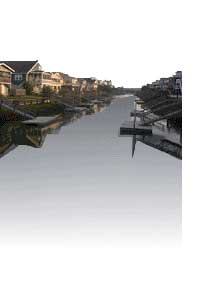The first people of Britain lived among its forests and hills. They hunted, fished and gathered wild plants. About 4000
BC, people with stone axes began to clear the forests to crow crops and graze cattle. But about 2500 BC, Britons used copper
and bronze tools. They turned the forests into farms, fields, woods, and pasture.
Stone-using Farmers made their tools with flint from mites like Grimes Graves in Norfolk. They buried their dead in huge tombs
of Earth or Rocks. The Bronze-users dug around burial monuds called barrows. They also built Stone Henge and other Stone Circles.
Iron Tools were made by people called Celts, whose homeland was in Central Europe. But about 500 BC, the Celts had
moved westward and into Britain. They lived in Tribes, or large groups, which often fought each other for the lands they
settled.
The celts were good fighters and farmers, and loved Feasting. Their skilled blacksmiths made iron weapons as well
as farm tools. They also made beautifully decorated armour, buckles and broaches. Celtic farmers made the first fields in
Britain that were sowed in turn from year to year, instead of clearin new land when the old soil wore out.
With iron tools farmers could work heavier soils and grow better crops. They stored wheat and Barley in pits for winter
use. They also grew Turnips, beans, cabbages and parsnips. They kept sheep, goats, pigs and cattle to give meat, milk, wool
and leather.
The Celts lived in round huts, on single farms or in village groups. They built and Earth bank and ditch or fence around
their homes, as at Butser Ancient farm in Hampshire. The lake village at Glastonbury in Somerset was built on Marshy Islands.
In Scotland, some homes were built on islands in lochs.
